Dosense cable > News >
News
News
- How to Install AAC Conductor
- Power cable current carrying capacity
- Guide on Low Voltage Aerial Bundling Cables(ABC Cab
- Guide to Electrical Insulators
- The difference between 3 + 2 and 4 + 1 on wires and
- What are the cable accessories?
- AWG (American Wire Gauge) to MM2 Conversion
- Cable Short Circuit Current Calculate
- Overhead conductor,poles,and gold fittings design
- OPGW Cable Line Design Several Key Issues[2]
Contact us
E-Mail:info@dosensecable.com
Phone:+8613073786551
Tel:+8613073786551
Add:Zhengzhou, Henan,China
News
Cable and Wire installation and laying on-site
Author:admin Release time:2022-03-30 21:54Click:
On-site installation and laying of wires and cables shall be carried out in accordance with IEC standard "Code for Design of Electric Power Engineering Cables" and other relevant regulations, and necessary cable accessories (terminals and connectors) shall be used. The operation quality, safety and reliability of the power supply system are not only related to the quality of the wire and cable itself, but also to the construction quality of the cable accessories and lines.
Through the statistical analysis of line faults, the faults caused by factors such as construction, installation and connection are often much more likely than the faults caused by the defects of the wire and cable itself. Therefore, in order to correctly select wires and cables and supporting accessories, in addition to the design and construction according to the requirements of the specification, the following aspects should also be paid attention to:
1. Cable laying and installation should be carried out by qualified professional units or professionals. Construction and installation that do not meet the requirements of relevant specifications may cause the cable system to fail to operate normally.
2. When laying cables by manpower, the command and control rhythm should be unified. Every 1.5 to 3 meters, one person should carry the cables on their shoulders, pull them while laying them down, and release them slowly.
3. When mechanically laying cables, a special cable laying machine is generally used and necessary traction tools are used. The traction force is appropriate and controlled evenly to avoid damage to the cables.
4. Before deploying the cable, check the appearance of the cable and whether the head is intact. Pay attention to the rotation direction of the cable reel when deploying. Do not flatten or scratch the outer sheath of the cable. Do not straighten the cable by beating at low temperatures in winter. , so as not to crack the insulation and sheath.
5. When laying the cable, the bending radius should be larger than the specified value. Before and after the cable is laid and installed, use a 1000V megger to measure whether the insulation resistance between the conductors of the cable is normal, and make appropriate corrections to the measurement results according to the cable model, length and ambient temperature. Core conductor) cable should also measure whether the conductor is on or off.
6. If the cable is directly buried, pay attention to the soil conditions. Generally, the buried depth of the cable under the building is not less than 0.3 meters. If the cable is relatively soft or the surrounding environment is more complicated, such as arable land, construction sites or roads, etc., there must be certain The burial depth (0.7 to 1 meter) is to prevent accidental damage to the directly buried cables, and obvious signs should be erected if necessary.
YJV—Copper core XLPE insulated PVC sheathed power cable.
ZR-YJV—Copper core XLPE insulated PVC sheathed flame retardant power cable.
NH-YJV—Copper core XLPE insulated PVC sheathed fire-resistant power cable.
VV—Copper core cross-linked vinyl chloride insulated PVC sheathed power cable.
ZR-VV—Copper core PVC insulated PVC sheathed flame retardant power cable.
NH-VV—Copper core PVC insulated PVC sheathed fire-resistant power cable.
DDZ-YJV—Copper core XLPE insulated PVC sheathed low smoke and low halogen flame retardant power cable.
WDZ-YJV—Copper core XLPE insulated PVC sheathed low smoke halogen free flame retardant power cable.
DDZ-VV—Copper core PVC insulated PVC sheathed low smoke and low halogen flame retardant power cable.
- Previous:No
- Next:Guide on Low Voltage Aerial Bundling Cables(ABC Cable)
News
-
2023-10-02How to Install AAC Conductor
-
2023-08-30Power cable current carrying capacity
-
2023-08-12Guide to Electrical Insulators
-
2022-03-17What are the cable accessories?
Related Products





 info@dosensecable.com
info@dosensecable.com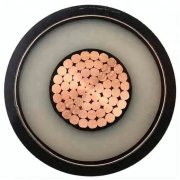
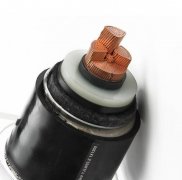
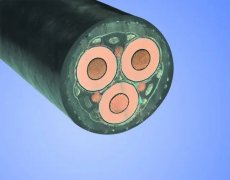
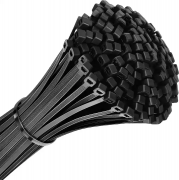
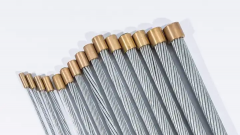
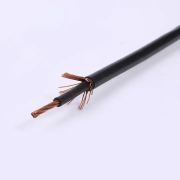
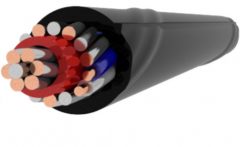
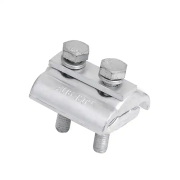

 Tel:
Tel:  Address: Zhengzhou, Henan,China
Address: Zhengzhou, Henan,China